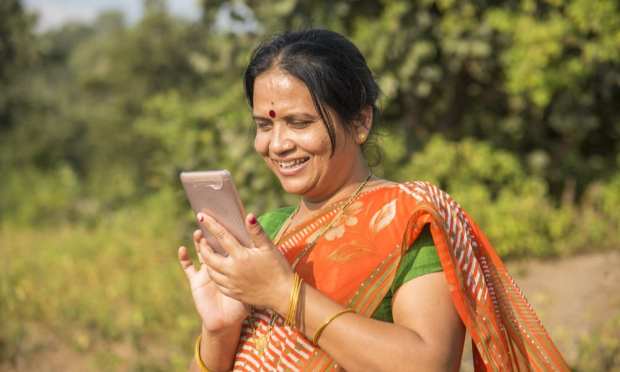How The Global Pandemic Fast Tracked Mobile Payments In India

The COVID-19 pandemic has bolstered mobile payments in India and primed them to overtake card payments in the not-too-distant, S&P Global Market Intelligence said this week in its 2020 India Mobile Payments Market Report.
True, the pandemic has created a massive slowdown in the Indian economy, with a nationwide shutdown closing workplaces and hitting vast segments of the population with job losses. Sampath Sharma Nariyanuri, FinTech analyst at S&P Global Market Intelligence, told Livemint that cashless payments are slowing down right now along with the general decline in consumer spending.
However, given the trend in the market pre-pandemic, S&P expects big things for mobile and contactless payments in the near future. After all, the firm found that such growth was already well underway before the world had ever heard of COVID-19.
S&P’s analysis shows that Indian mobile-payment transactions grew 163 percent to $287 billion in 2019. By contrast, debit- and credit-card use only increased by 24 percent to $204 billion during the same period.
By 2019’s fourth quarter, card and mobile payments had risen in value to roughly 20 percent of India’s gross domestic product. Moreover, India’s recent instant-payment system was already processing five times more transactions than the second-largest market does, according to S&P.
The report further noted that among 2019 UPI transactions, Google Pay and India’s PhonePe were the platform’s leading payment apps, collectively handling more than 7 billion transactions (roughly two-thirds of the total).
But S&P found that there’s an awful lot of ground left for mobile payments to capture. The firm estimates that card-based purchases and mobile payments using the Unified Payments Interface (UPI) represented just 21 percent of the $781 billion that Indians spent in stores in 2019.
All in all, the data demonstrates that India was moving slowly but surely toward being less of a cash-based economy even before COVID-19. But that’s accelerating as the pandemic created a whole new set of preferences about how consumers want to pay.
Indian consumers are no longer merely looking for a convenient substitute for cash like a card. Instead, they’re now seeking entirely contactless payments in a COVID-19 world.
Consumers in India and around the world are turning to contactless mobile payments initiated via an app, by peer-to-peer transfers (P2P) or made on-demand from stored-value accounts. “While a large number of transactions handled by payment apps include peer-to-peer transactions, mobile phone account recharges and utility bills, mobile payments are increasingly becoming a popular payment choice for retail transactions at the point of sale and online,” S&P wrote in its report.
The firm believes mobile payments will keep on growing this year, albeit at a somewhat depressed rate in response to the COVID-related decline India’s overall economy. Falling private consumption is of particular concern in terms of slowing mobile-payment growth, as that had been a key driver of mobile-payment adoption, S&P wrote.
But the report also noted that there are many opportunities within the pandemic-hit Indian economy for app-based payment providers and FinTechs. For example, analysts are becoming increasingly concerned that banks will limit exposure to the weakened economy by scaling back services – creating an opening for payments players and other FinTech entrants. S&P said new players could widen their customer bases by tying their services to areas like lending or insurance underwriting.
Meanwhile, recent research from Capgemini shows that 74 percent of Indian consumers will switch to digital payments over the next several months, spurred largely by the COVID-inspired rapid shift to online commerce. Indian transactions on mobile apps increased to 67 percent in a post-pandemic world from 57 percent in the pre-pandemic world.
The data further indicate that 52 percent of Indians are using voice assistants and chatbots as their preferred way of connecting with banks, up from just 40 percent before COVID-19. Capgemini expects that to rise to 59 percent in the next six to nine months.
The bottom line: Indians are going mobile in many modes — and developing a real preference for organizing their financial lives digitally. And while COVID-19 has cooled Indian consumer spending as a whole, the odds are increasingly likely that India will be pushing toward an increasingly mobile-enabled economy as its economy comes back.
